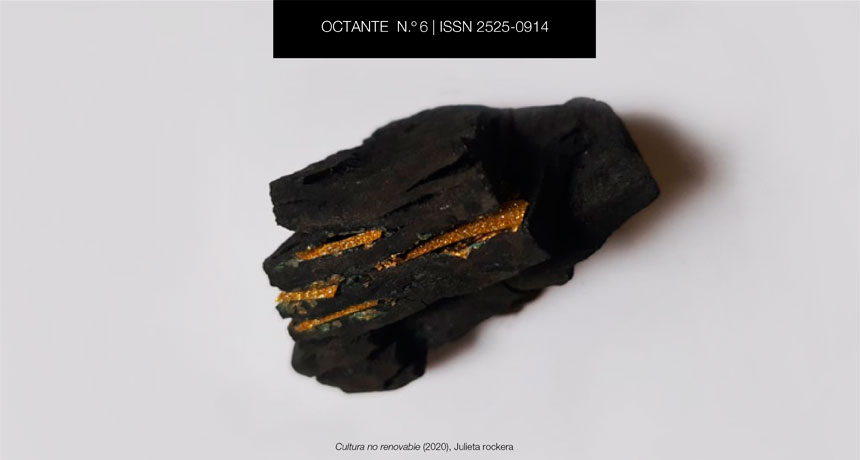If It’s a Lie, Maybe It’s Art
DOI:
https://doi.org/10.24215/25250914e053Keywords:
Image, fiction, real, temporalityAbstract
The general idea of the article is thinking about on artistic images as fictional spaces, which summon us to discover the hidden meanings that they nest between the interstices of the fabric caused by the dimensions of the real, the symbolic and the imaginary. Immersed in a contemporary temporal crisis where time slips away without allowing us to conclude anything, art allows the act of lingering to reconfigure and enrich our existence. As an example, visual, literary, photographic and archival images will be addressed, which engage the viewer in an act of complicity, to discover the mystery that this character of a lie that characterizes them contains.Downloads
References
Barrios, F. (22 de agosto de 2015). George Didi-Huberman. O de la imagen, esa mariposa imposible. Hugo. Recuperado de https:// medium.com/revista-hugo/georges-didi-huberman-3d7c3d35e6f7
Barrios, M. (2016). Blanco. Yamal, el fin del mundo. La Plata, Argentina: Universidad Nacional de La Plata, Facultad de Artes.
Calvo Santos, M. (2016). Ansiedad. Recuperado de https://historia-arte. com/obras/ansiedad-de-munch
Didi-Huberman, G. (2017). Sublevaciones. Ciudad Autónoma de Buenos Aires, Argentina: Universidad Nacional de Tres de Febrero.
Garello, R. y Garello, R. (1977). Buenos aires conoce [Tango]. Recuperado de https://www.cancioneros.com/letras/cancion/102658/buenos-airesconoce-robertogoyeneche
Grüner, E. (2017). Iconografías malditas, imágenes desencantadas. Hacia una política «warburgiana» en la antropología del arte. Ciudad Autónoma de Buenos Aires, Argentina: Universidad de Buenos Aires, Facultad de Filosofía y Letras.
Han, B. C. (2019). El aroma del tiempo. Un ensayo filosófico sobre el arte de demorarse. Lanús, Argentina: Herder.
Jimenez, J. (2006). Teoría del arte. Madrid, España: Tecnos.
Trilnick, C. (2014). Proyecto Archivos del Terror. Apuntes sobre El Plan Cóndor. [Catálogo]. Ciudad Autónoma de Buenos Aires, Argentina: Monumento a las Víctimas del Terrorismo de Estado, Parque de la Memoria.
Downloads
Published
How to Cite
Issue
Section
License
Current policy since 2019
The acceptance of the manuscript by the magazine means the non-exclusive cession of the property rights of the authors in favour of the editor, who allows the reuse, after publication (post print), under a license Attribution-NonCommercial-NoDerivatives 4.0 International.
According to these terms, the material can be copied and redistributed by any means or in any format as long as a) the author and original source of the publication are quoted (magazine and URL of the work), access to the license is provided and whether changes have been made is mentioned; and b) the material is not used for commercial purposes.
The cession of non-exclusive rights means that after the publication (post print) in Octante the authors can publish their work in any language, means and format; in such cases it must be mentioned that the material was originally published in this magazine.
Such cession also means the authorization of the authors for the work to be collected by SEDICI, the institutional archive of the Universidad Nacional de La Plata, and to be spread in the databases that the editorial team considers appropriate to increase the visibility of the publication and its authors.
Moreover, the magazine encourages the authors to deposit their productions in other institutional and thematic archives under the principle that offering the society the scientific and academic production without any restrictions contributes to a greater exchange of the global knowledge.























